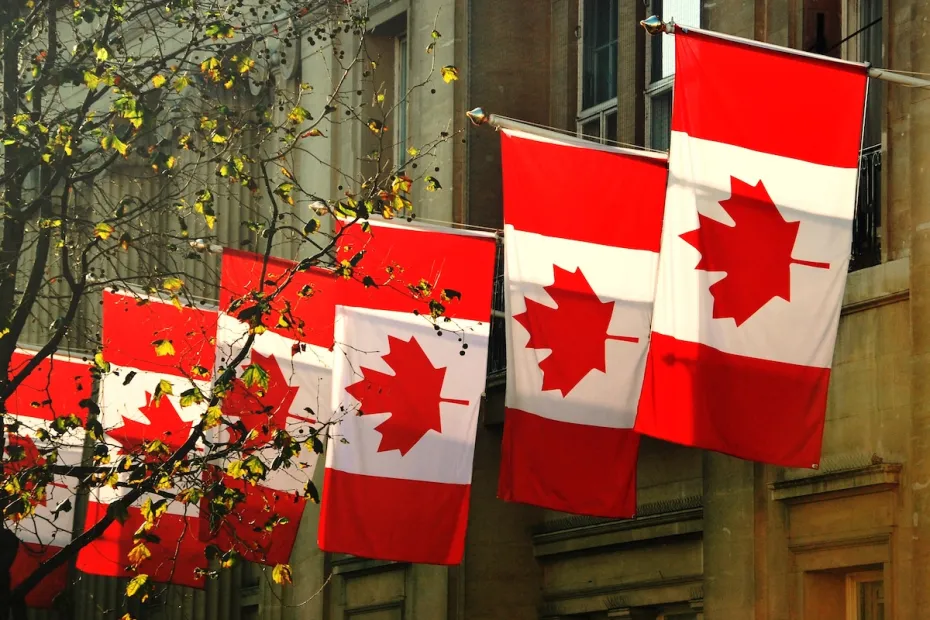
What to expect from Canada’s 2026–2028 Immigration Levels Plan
The federal government will publish the 2026–2028 Immigration Levels Plan on or before November 1, 2025. That document will set official admission targets for permanent residents and provide notional targets for the following two years. Based on public statements, past plans and recent policy signals, the 2026–2028 Plan is likely to emphasize stability in permanent admissions, a continued focus on in-Canada and category-based economic selection, renewed flexibility for provincial nominee programs, and tighter management of temporary resident populations.
Headlines you need to know
- The government is expected to keep permanent resident admissions near the election commitment to limit growth to under 1% of Canada’s population, which places an upper bound near 416,500 for 2027 if that pledge is honoured.
- Express Entry economic allocations are likely to remain substantial — with continuing use of category-based draws (French proficiency, health, trades and other federal priorities) and a steady or modestly increased target for in-Canada selections.
- Provincial Nominee Program (PNP) targets will be watched closely: after 2025’s sharp cut to 55,000, provinces have successfully negotiated extra nomination slots during 2025; the new Levels Plan may increase PNP targets relative to last year’s low figure.
- Temporary resident planning (students, temporary workers, and mobility streams) will continue to feature in the Plan. The government remains committed to reducing the non-permanent resident share of the population to below 5% by the end of 2027, which will shape student and temporary worker targets.
Permanent residence — stability with selective increases
Recent government statements and the election promise point to a posture of stabilisation rather than growth. The Plan published in 2024 set targets of 395,000 (2025), 380,000 (2026) and 365,000 (2027). The coming Plan is likely to remain beneath the 1%-of-population ceiling while still allocating meaningful spaces to economic classes, family reunification and humanitarian needs. Expect continued emphasis on:
- Category-based economic admissions (French-language draws, targeted sector draws such as healthcare and trades).
- In-Canada focus — places for temporary residents already in Canada (work or study) to transition to PR. These in-Canada targets rose in the last Plan and are likely to remain a central tool.
- Measured family and humanitarian allocations consistent with past Plans but possibly adjusted to reflect processing capacity and settlement needs.
Express Entry and economic selection
Express Entry will remain a core economic pathway, but the design is evolving:
- Continued use of Federal Economic Priorities and In-Canada Focus categories—the former for targeted occupations and language priorities, the latter for candidates already in Canada.
- Category-based draws (French, healthcare, education, trades) will likely continue as a way to meet labour needs without returning to a single pooled “high-skilled” allotment.
- Applicants should expect selection strategies that reward occupation relevance, language diversity (French), and demonstrated connection to Canada.
Provincial Nominee Program (PNP) — possible course correction
The 2025 Plan halved the PNP target to 55,000 for 2025–2027, prompting strong provincial pushback. During 2025 several provinces successfully negotiated additional nomination space, and the federal government has signalled willingness to grant targeted increases where regional labour gaps are acute. The 2026–2028 Plan may therefore:
- Restore some PNP capacity compared with last year’s low baseline, subject to federal priorities and overall immigration totals.
- Shift to a more flexible, negotiated model where provinces receive incremental top-ups tied to labour needs and settlement capacity.
- Maintain accountability measures to ensure nominations align with regional economic plans.
Temporary residents: students, workers and the 5% target
Temporary residents (international students, temporary foreign workers and mobility streams) are likely to remain a central management focus. Last year’s Plan explicitly included temporary resident targets; the forthcoming Plan will probably continue that approach:
- International student targets may remain high but subject to continued controls such as Provincial Attestation Letters and other intake caps.
- The Temporary Foreign Worker Program (TFWP) will be managed more strategically — higher wages, regional targeting, and restrictions in high-unemployment CMAs — and annual TFWP targets (previously 82,000) may be adjusted to reflect sectoral needs.
- The government’s goal to reduce the non-permanent resident share of the population to under 5% by the end of 2027 will drive conservative but targeted temporary resident levels.
TFWP reforms and regional targeting
Recent policy changes to the TFWP — higher wage thresholds for the high-wage stream, moratoria on low-wage LMIAs in certain CMAs, and new limits on spousal open work permits for some occupations — will influence how the Plan allocates temporary worker spaces. The Plan may emphasise:
- Regional and sectoral targeting (healthcare, construction, agri-food, northern/remote regions).
- Tighter worker protections and employer accountability measures.
- Flexibility to expand targeted temporary worker spaces where provinces demonstrate capacity and need.
Francophone immigration priority
Francophone immigration outside Quebec remains a stated government priority. The last Plan set incremental targets for the francophone share of newcomers outside Quebec: 8.5% in 2025, 9.5% in 2026, and 10% in 2027. Expect the new Plan to reaffirm or modestly accelerate this trajectory, with continued support for French-language pathways and selection draws.
Student caps and study permit management
The previous Plan held international student targets steady and introduced mechanisms (caps, PALs) to manage intake and improve program integrity. The 2026–2028 Plan may:
- Keep overall student targets stable or slightly constrained while improving quality assurance (provincial attestation processes and DLI oversight).
- Prioritize study pathways that show clear labour market links and settlement outcomes.
Practical implications — what applicants and employers should do
- Applicants: monitor the November 1 release, and prepare documentation early. Candidates already in Canada should consider options to strengthen in-Canada PR profiles. Language testing, credential assessments and up-to-date work records are essential.
- Employers: ensure job offers, wages and workplace compliance meet evolving TFWP and PNP rules; be prepared to support provincial nomination requests as provinces receive additional flexibility.
- International students: verify whether your program and institution meet DLI and provincial attestation requirements; plan study and work timelines with future PR pathways in mind.
Bottom line
The 2026–2028 Immigration Levels Plan will aim for balance: stabilizing permanent resident admissions consistent with political commitments while using targeted, flexible tools (category-based economic draws, in-Canada selection, and negotiated PNP allocations) to meet labour market needs. Temporary resident management will remain a priority as the government seeks to reduce non-permanent resident population share and align intake with settlement capacity.
Watch for the official release on or before November 1, 2025 — the new Plan will set the direction for Canada’s immigration intake and provincial negotiations for years to come.
For a consultation about Immigration options, reach out to the CAD IMMIGRATION today!





